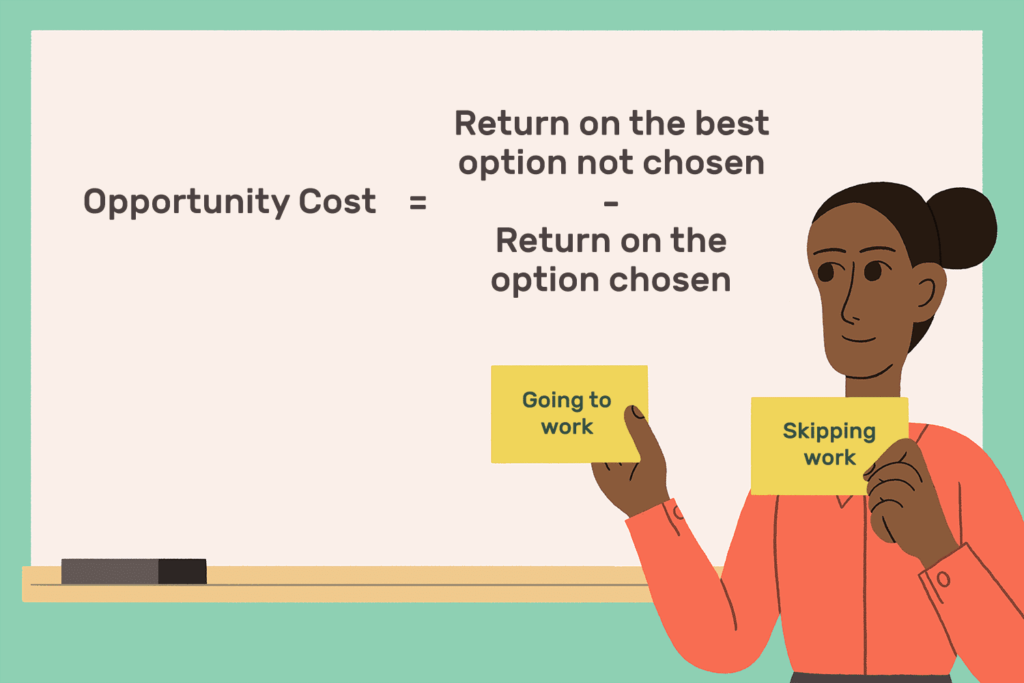Honestly, the stock market can seem like a wild roller coaster. One minute you’re up; the next you’re questioning your life choices. But what if you could embrace those ups and downs instead of fearing them?
Welcome to swing trading – the perfect middle ground between day trading and long-term investing. Whether you’re new to trading or tired of holding positions for years, swing trading offers a smart, flexible way to trade that works great in today’s fast-moving markets.
In this post, we’ll break down exactly what swing trading is, how it works in 2025, and how you can get started.
🔄 What is Swing Trading?
Swing trading is a short- to medium-term trading strategy in which you attempt to profit from market “swings” – price fluctuations that last from a few days to a few weeks.
Think of it like surfing: you’re not trying to catch every wave (like a day trader), and you’re not waiting on the beach for months (like a long-term investor). You’re paddling out, catching the right wave, and riding it just long enough to make a profit.
Key Features of Swing Trading:
- Holding Period: Usually 2 days to 3 weeks
- Goal: Capture a chunk of a trend (not the whole move)
- Time Commitment: Moderate (check the charts once or twice a day)
- Tools: Technical analysis, chart patterns, and some basic fundamentals
Example of Swing Trading in Action
Let’s say it’s june 2025. You’ve been watching Tesla (TSLA). The stock dropped from $366 to $273 over seven trading sessions—not because of bad news, but because the market was cooling off after a tech rally.
Here’s what you do:
- Step 1: You notice the RSI is below 30 (oversold territory).
- Step 2: Volume shows sellers are coming in again.
- Step 3: You enter a position at $359 with a stop-loss at $369.
- Step 4: After going in your direction, book the half quantity at $324 and trail the rest of the amount till it goes near to the previous swing.
That’s swing trading. No rocket science—just reading the signs, managing risk, and taking calculated shots.
Swing Trading Strategies (2025 Edition)
Here are some best swing trading strategies that are working well in 2025:
1. Trend Following
You follow the overall trend—buy during pullbacks in an uptrend or short-sell during rallies in a downtrend.
- Tools: Moving averages (50-day, 200-day), RSI
- Why it works: You’re trading with the wind at your back
2. Breakout Trading
You buy when the price breaks above a known resistance level, expecting a surge in volume and momentum.
- Tools: Support/resistance levels, volume analysis
- Watch for: False breakouts—set stop-losses just below the breakout
3. Pullback Trading
You wait for a temporary drop in price during an uptrend, then enter when it shows signs of bouncing.
- Tools: Fibonacci retracement, candlestick patterns (like bullish engulfing)
- Good for: Traders who want a better entry point in a solid trend
4. Reversal Trading
You look for trend reversals—when a downtrend turns into an uptrend (or vice versa).
- Tools: MACD crossover, divergence patterns, double bottoms/tops
- Risky but rewarding: These trades can be huge, but timing is crucial
🛠️ How Swing Trading Works — Step-by-Step
Let’s break it down so you can start thinking like a swing trader.
🧭 Step 1: Choose the Right Stocks or Assets
Not every stock is suitable for swing-trading. You need liquid, volatile stocks – meaning they move a lot and have enough volume for easy entry/exit.
Look for:
- Stocks with daily volume over 1 million
- Trending sectors (like AI, green energy, or biotech in 2025)
- Recent news catalysts (earnings, upgrades, product launches)
📊 Step 2: Analyze the Chart (Not Just the Company)
Swing traders rely on technical analysis to find high-probability setups.
Popular tools:
- Moving Averages (MA): Help spot trends details are here https://royfinance.in/3-best-indicators-for-swing-trading-2025/
- RSI (Relative Strength Index): Shows if something is overbought/oversold
- Support and Resistance Levels: Great for planning entries/exits
- Chart Patterns: Flags and double bottoms are your friends
⏳ Step 3: Plan Your Entry and Exit
Every swing trade needs a game plan:
- Entry Point: When the setup looks just right
- Profit Target: Where you plan to exit with gains
- Stop Loss: Your safety net in case things go south
Example:
You buy Tesla (TSLA) at $180 with a target of $195 and a stop at $175. Risk: $5. Reward: $15. That’s a solid 3:1 ratio — swing traders love that.
🔄 Step 4: Let the Trade Play Out
Unlike day trading, you don’t have to babysit your trade. Set alerts, maybe check in once or twice a day.
- Use trailing stops to lock in profits as the stock moves up
- Stay calm if prices bounce around — it’s normal
Pro tip: Don’t let emotions drive your decisions. Stick to your plan!
📘 Step 5: Review and Learn
Every trade is a lesson. Win or lose, take notes:
- What worked?
- What didn’t?
- Did you follow your rules?
Keeping a trading journal will seriously level up your skills.
Advantages and Disadvantages of Swing Trading
Like any trading style, swing trading has its ups and downs. Here’s a quick breakdown:
✅ Pros:
- Flexibility: You don’t need to watch the markets all day
- Shorter commitment: You’re not holding positions for years
- Frequent opportunities: The market is full of short-term moves
- Can be done part-time: Perfect for students or people with jobs
❌ Cons:
- Market volatility: News events can throw your trade off
- Overtrading risk: Jumping into trades without clear signals
- Requires discipline: You need stop-losses and a solid plan
- Taxes: Short-term gains may be taxed higher (depending on your location)
Swing trading isn’t for everyone—but if you enjoy analyzing charts, have patience, and want faster results than long-term investing, it might be your ideal fit.
💸 Common Mistakes to Avoid
Swing trading is simple, but not always easy. Here are some rookie mistakes to dodge:
- No stop loss = Recipe for disaster
- Chasing hype = Late entries, bad exits
- Overtrading = More isn’t always better
- Ignoring risk/reward = Always aim for at least 2:1
🧠 Swing Trading in 2025: Smart Tips for Beginners
Ready to give it a go? Here’s your quick-start checklist for 2025:
- ✅ Choose a user-friendly trading platform (like Robinhood, Webull, or Fidelity Active Trader Pro, tradingview)
- ✅ Learn the basics of technical analysis (YouTube, free courses)
- ✅ Start with paper trading (practice with fake money before going live)
- ✅ Keep trades small until you build consistency
📊 Swing Trading vs. Day Trading vs. Investing — Quick Comparison
| Strategy | Holding Period | Time Commitment | Risk Level | Profit Potential |
| Day Trading | Minutes to Hours | High | High | High |
| Swing Trading | Days to Weeks | Medium | Moderate | Medium-High |
| Investing | Months to Years | Low | Low | Long-Term Gains |
🏁 Final Thoughts: Is Swing Trading Right for You?
If you love the idea of trading but don’t want to be glued to your screen all day, swing trading might be your perfect match. It’s a great way to grow your money faster than investing — without the burnout of day trading.
Like any skill, it takes time and practice. But with the right mindset and tools (and maybe this guide saved in your bookmarks), you’ll be on your way to mastering the market swings in no time.
🤔 What Do You Think?
Have you tried swing trading? Thinking of giving it a go?
Drop your thoughts or questions in the comments — I’d love to hear from you!
And if you found this helpful, feel free to share it with a friend who’s curious about trading. Let’s grow smarter (and wealthier) together 💸🚀



